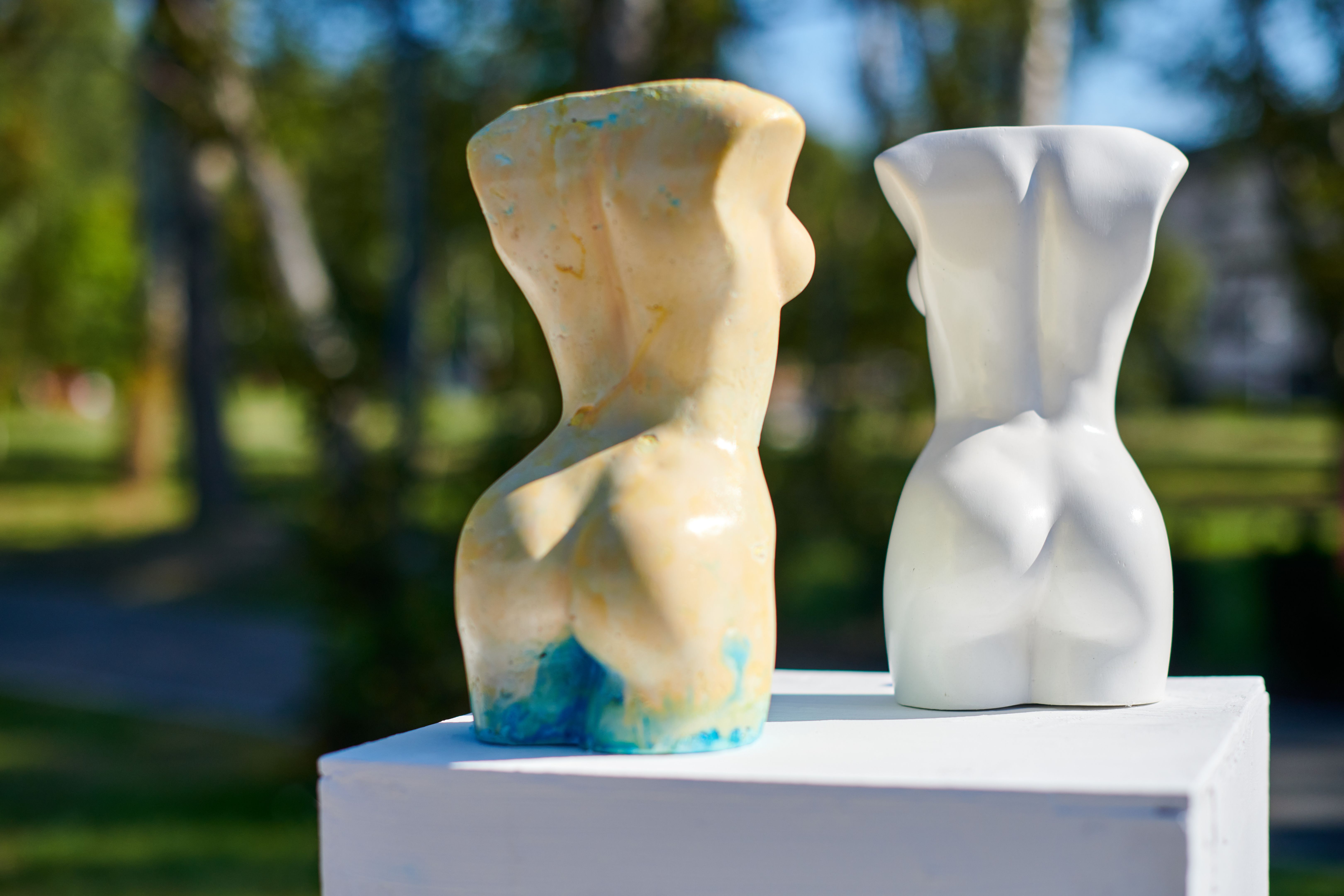Debunking Common Myths About Nudity and Sexuality
Understanding Nudity and Sexuality
When it comes to discussing nudity and sexuality, misconceptions abound. These myths often stem from cultural norms, societal taboos, and misinformation. By debunking these myths, we can promote a healthier understanding and acceptance of different perspectives on nudity and sexuality.

Myth 1: Nudity is Always Sexual
One of the most common myths is that nudity automatically equates to sexuality. In reality, nudity can be a natural state of being, free from sexual connotations. Many cultures and communities celebrate nudity in non-sexual contexts, such as art, naturism, and certain religious practices. Recognizing the distinction between nudity and sexuality is crucial for a more open-minded perspective.
For instance, in the world of art, the human body is often depicted in its natural form to convey beauty, vulnerability, and emotion. This artistic expression highlights that nudity can be appreciated for its aesthetic and symbolic value rather than being solely associated with sexual intent.
Myth 2: Sexuality is Binary
The belief that sexuality is strictly binary—meaning only heterosexual or homosexual—is another pervasive myth. In truth, sexuality exists on a spectrum, encompassing a wide range of identities and preferences. Terms like bisexual, pansexual, asexual, and others illustrate the diversity within human sexuality.

Understanding this spectrum helps dismantle stereotypes and promotes acceptance and inclusion of all sexual identities. By acknowledging the variety in sexual orientation, we foster a more supportive environment for individuals to express their true selves.
Myth 3: Nudity Promotes Immorality
Some believe that nudity inherently encourages immoral behavior or loose morals. However, this myth overlooks the fact that morality is subjective and culturally defined. In many societies, nudity is not linked to immorality but rather to freedom, self-expression, and body positivity.
Promoting body positivity and acceptance can lead to healthier self-esteem and confidence. When individuals feel comfortable in their own skin, they are more likely to develop a positive relationship with their bodies and others.

Myth 4: Sexual Education Encourages Promiscuity
A prevalent myth is that comprehensive sexual education leads to promiscuity among young people. On the contrary, evidence shows that well-rounded sexual education provides individuals with the knowledge they need to make informed decisions about their bodies and relationships.
Comprehensive sexual education covers topics such as consent, safe practices, and emotional readiness, equipping individuals with important life skills. By dispelling this myth, we support a more informed and responsible approach to sexuality.
Conclusion: Embracing Understanding
Debunking these myths about nudity and sexuality paves the way for a more inclusive and understanding society. By separating fact from fiction, we can challenge outdated beliefs and foster an environment where everyone feels respected and valued for who they are.
Encouraging open dialogue and education is key to breaking down these misconceptions. As we continue to learn and grow, we can build a culture that celebrates diversity in all its forms.